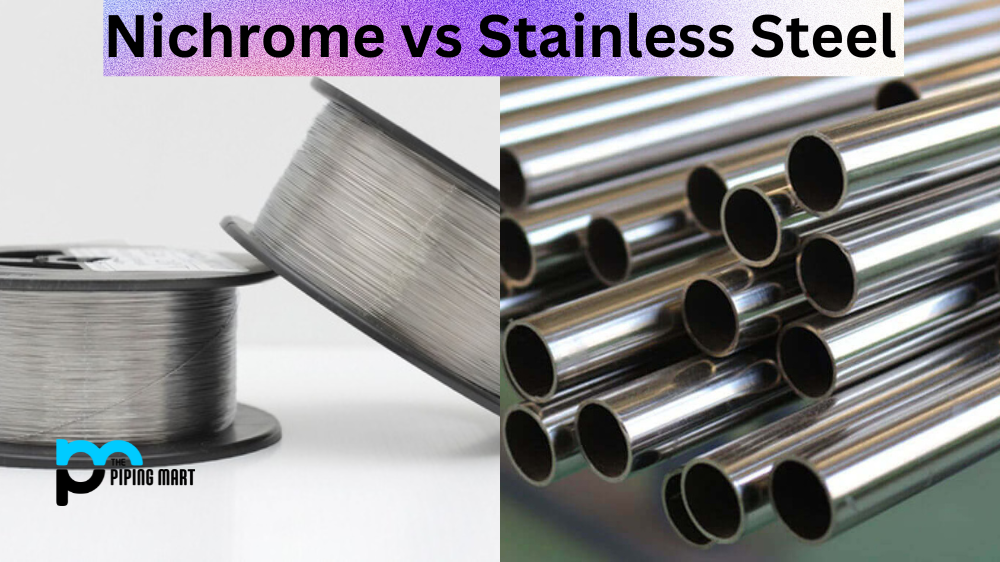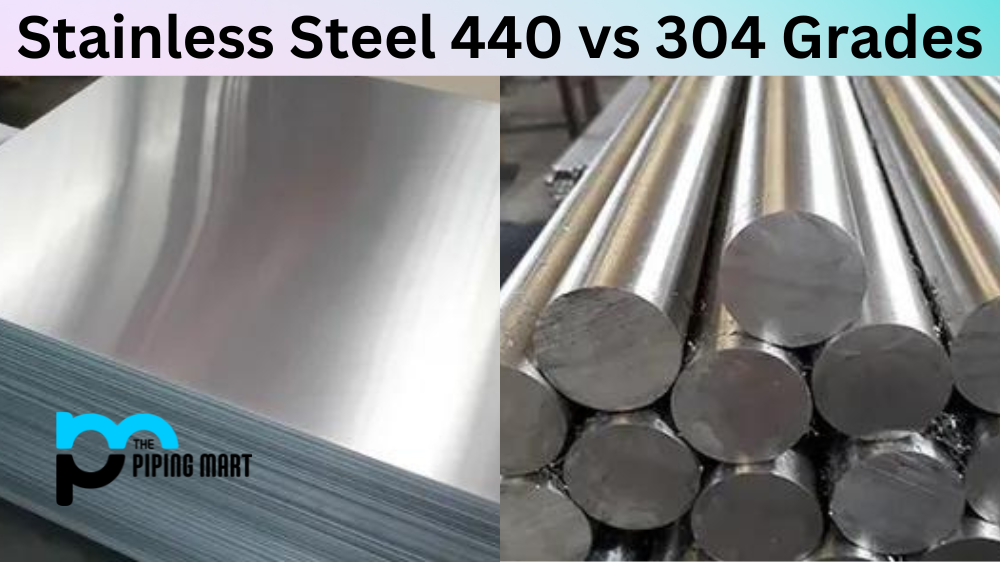Regarding new heating elements for your appliances, you want to know what materials are used in their construction. Two popular materials for such purposes are nichrome and stainless steel. They both have different advantages and disadvantages, which we will dive into in this blog. Whether you’re a homeowner or an industrialist, if you’re looking to buy your next appliance or construct your heating system, this comprehensive guide will give you all the information you need about nichrome vs stainless steel and help you make an informed decision.
What is Nichrome?
Nichrome is a type of resistance wire developed in the early 20th century and is still used in various household appliances, such as toasters and hairdryers. It is an alloy of several metals, such as nickel, chromium, and iron, with added properties that make it an excellent conductor of electricity and heat. Nichrome wires have a higher resistance than copper wires, which makes them ideal for applications that require a lot of heat, such as heating elements.
What is Stainless Steel?
On the other hand, stainless steel is a steel alloy with at least 10.5% chromium content. It is a corrosion-resistant material used widely in many applications, from cutlery to industrial machinery. Stainless steel can be made into sheets, plates, or wires, and it is an excellent choice for situations where you need a material that has both durability and corrosion resistance.
Difference Between Nichrome and Stainless Steel
Electrical Resistance
One of the biggest differences between nichrome and stainless steel is their electrical resistance. Nichrome has a higher resistance than stainless steel, requiring more voltage to transmit the same heat energy. For this reason, nichrome is often used in appliances that require a lot of heat, such as toasters and hairdryers. On the other hand, stainless steel is often used in applications where medium to low heat is required.
Corrosion Resistance
Corrosion resistance is another crucial factor when choosing between nichrome and stainless steel. Nichrome is less corrosion-resistant than stainless steel; therefore, it is not ideal for high-temperature and high-pollution environments. On the other hand, stainless steel has excellent corrosion resistance properties and is less likely to rust, tarnish, or corrode, even in harsh environments.
Cost
Finally, the cost is another critical consideration when choosing between nichrome and stainless steel. Nichrome is typically more expensive than stainless steel, especially for high-end variants with higher resistance or heat conductivity properties. However, it is also a more durable and reliable material for appliances that require high heat resistance. On the other hand, stainless steel is often considered the more cost-effective option because of its lower cost and a broader range of applications.
Conclusion
As we’ve seen, there is yet to be a definitive answer when choosing between nichrome and stainless steel, depending on the specific application and usage scenarios. Nichrome is preferable where higher resistance and consistent heating are required. In contrast, stainless steel is better suited to industrial and cutlery-based applications where more moderate temperature requirements are the need. Ultimately, both materials have their respective strengths and weaknesses and must be evaluated in-depth before deciding which one to use. We hope this blog has been informative and helped you make a more informed decision in choosing between nichrome and stainless steel.

Abhishek is a seasoned blogger and industry expert, sharing his insights and knowledge on various topics. With his research, Abhishek offers valuable insights and tips for professionals and enthusiasts. Follow him for expert advice on the latest trends and developments in the metal industry.




